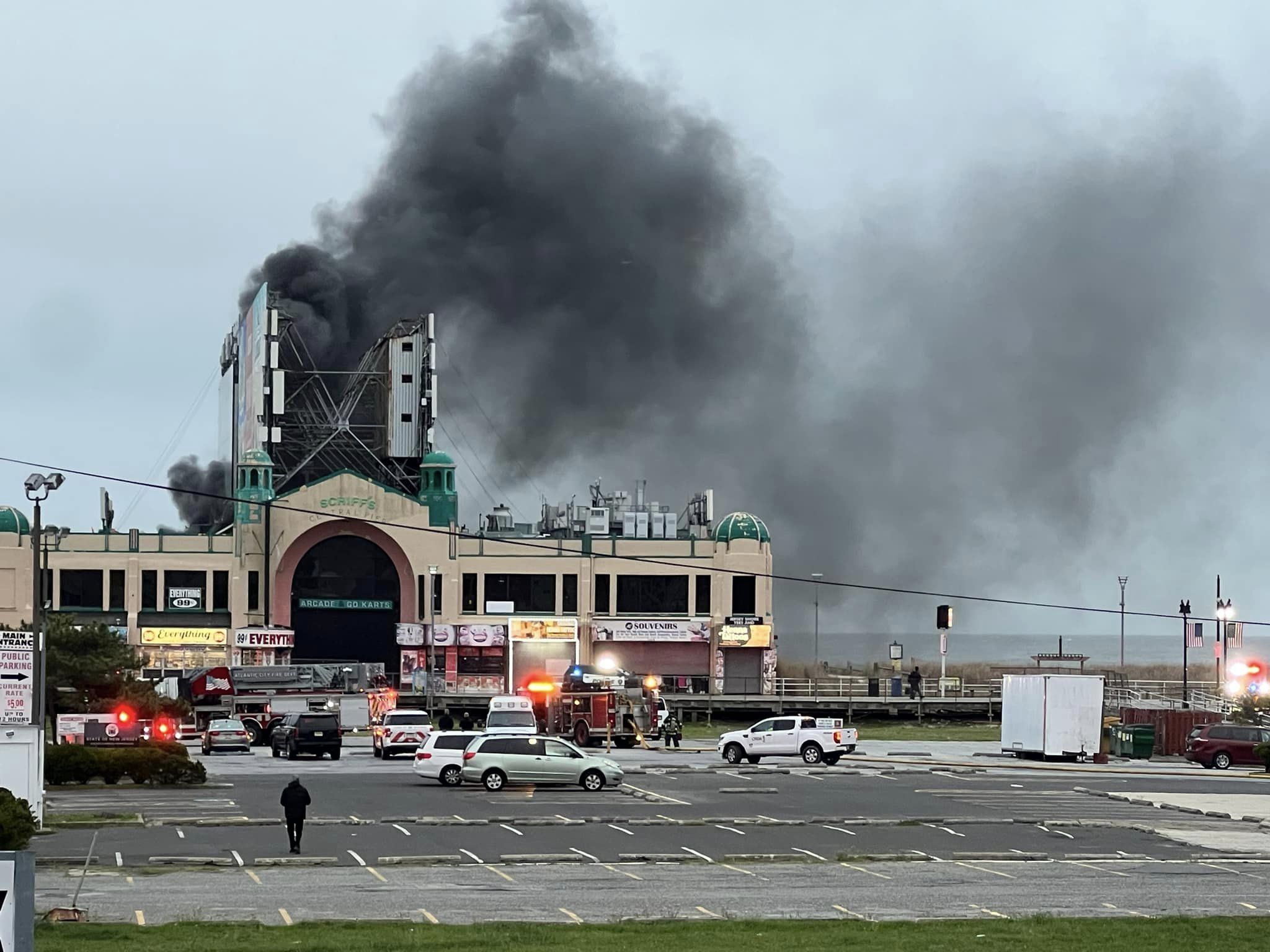Each year, the Atlantic hurricane season officially begins on June 1 and runs through Nov. 30, but this year was off to a rare early start in April with the formation of Tropical Storm Arlene.
Historically, there have only been a handful of pre and post season storms, but Arlene formed in what was expected to be a typical tropical year — which may have been a subtle hint to the highly destructive and busy season to follow.
Another hint to the wild season ahead may have been how the second tropical storm, Bret, formed and traveled. Tropical Storm Bret tracked through unusually low latitudes and struck the tiny Caribbean island of Trinidad.
The season would go on to become the 5th busiest on record for the Atlantic with 17 named storms.

This year’s storms are listed below, but don’t expect to see all of these names on future lists. Deadly and highly destructive storms like Harvey, Irma, Maria, Nate, and Ophelia will be retired and replaced with a new name beginning with the same letter of the alphabet.
2017 ATLANTIC TROPICAL CYCLONE NAMES
Local
Breaking news and the stories that matter to your neighborhood.
Tropical Storm Arlene
Tropical Storm Bret
Tropical Storm Cindy
Tropical Storm Don
Tropical Storm Emily
Hurricane Franklin
Hurricane Gert
Hurricane Harvey
Hurricane Irma
Hurricane Jose
Hurricane Katia
Hurricane Lee
Hurricane Nate
Hurricane Ophelia
Tropical Storm Philippe
Tropical Storm Rina
UNUSED NAMES IN 2017
Stan
Tammy
Vince
Whitney
During an average Atlantic hurricane season, there would be 12 named storms: six hurricanes and three major hurricanes. But the 2017 season was definitely not average. It had 17 named storms, 10 hurricanes, and six major hurricanes including two Category 5 storms.
For the first time on record there were 10 consecutive named storms that all became hurricanes beginning with Franklin and ending with Ophelia. At one point, there were three hurricanes simultaneously tracking in the Atlantic basin at the same time: Katia, Irma, and Jose.

The death toll was high with 438 lives lost, but that number could still climb because many people are unaccounted for on the islands rendered uninhabitable. This was also the costliest Atlantic hurricane season in U.S. history with over $368 billion in damages.
Harvey was a rainmaker and the costliest hurricane in U.S. history. Harvey also set a new record for the most rainfall from a tropical cyclone in the U.S. after dumping more than 50-inches of rain along the Gulf Coast near Houston.
Finally, Harvey was the first major hurricane to make landfall in the U.S. since 2005 and the first Category 4 hurricane to make landfall in Texas since 1961.

Hurricane Irma was a monster that formed off the African coast. It was the first Category 5 to strike the northern Leeward Islands and is the strongest hurricane ever recorded in the Atlantic Ocean apart from the Gulf of Mexico and Caribbean Sea. It was also the strongest land-falling hurricane ever recorded in the Atlantic basin.

Hurricane Maria followed a similar track to Irma and became the first Category 5 hurricane on record to strike Dominica and the strongest hurricane in over 100 years to strike Puerto Rico.

[NATL] In Photos: Total Devastation in Puerto Rico After Hurricane Maria
Hurricane Ophelia was a surprise both with its rapid intensification to a major hurricane and as the easternmost hurricane on record for the Atlantic basin. It caused widespread destruction to parts of Europe including Ireland and the United Kingdom.
The season finally ended with excitement in Greece, of all places. Tropical Storm Rina was never a threat to the U.S. and it weakened in the north Atlantic. But it’s remnants re-developed into a very rare tropical cyclone that tracked into the Mediterranean where it was renamed Numa before striking Greece.



